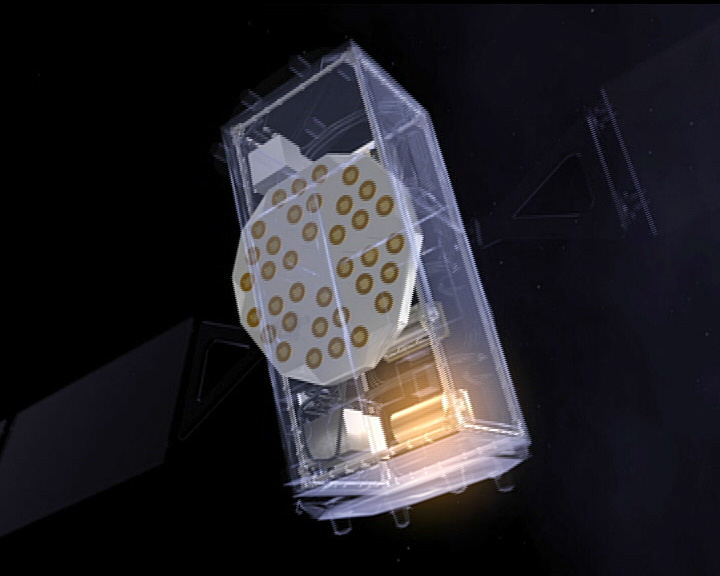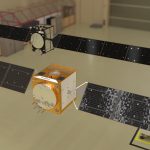Researchers from the Royal Observatory in Belgium, SYRTE in Paris, the Université Côte d’Azur and the European Space Agency (ESA) have published their findings on the “bounds on transient variations of fundamental constants, with typical timescales ranging from minutes to months, using clocks in space.”
The authors proceed to explain that “such variations leave signatures on clocks onboard GNSS satellites. In this paper, we introduce a phenomenological study dedicated to the search for such Dark Matter (DM) transient objects using the network of passive hydrogen masers (H-Masers) onboard Galileo satellites.”
In the paper, the researchers lay out their model for “the signature of transient variations of fundamental constants as a frequency modulation in the difference between two satellite clocks, considering the satellite trajectories relative to the transient event. Then, we present first results based on a fast analysis method, the maximum reach analysis. The main result is a significant extension of the discovery range for Dark Matter transients, with a sensitivity never achieved before.”
Read the full text of the paper, “Searching for large dark matter clumps using the Galileo Satnav clock variations”, via arXiv.






